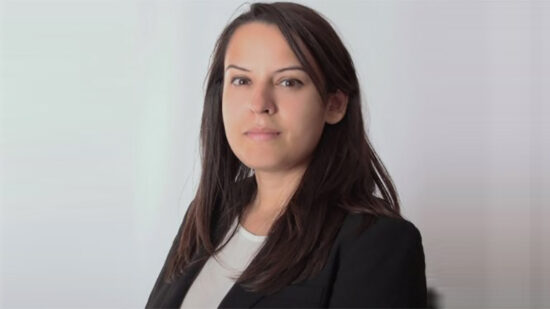Pension provider Phoenix Group has urged the government to loosen the charge cap for pensions.
The firm explained that by allowing savers to be charged more than 0.75%, it could allow younger consumers to invest in higher risk products such as venture capital and private equity.
That is not possible under the current cap, as the performance fees and management costs for these types of investments exceed the limit.
But Phoenix believes that younger savers may have a bigger appetite for risky investments, and increasing the threshold could allow them to turn to strategies with long-term potential but with higher costs.
A spokesperson for the firm told International Adviser: “We continue to encourage discussion amongst industry and government about the best way to generate the most attractive long-term returns for workplace savers, that continue to offer value for money through a broader range of investment options.
“Younger savers have greater capacity to take on higher risk and may be able to achieve better returns that outstrip a higher charge if they are given access to higher risk asset classes.”
Protect younger consumers
But Phoenix’s ideas take a completely different approach from a recent campaign by the Financial Conduct Authority (FCA) called InvestSmart.
The regulator is worried that savers may not be investing “safely” and, for those dipping their toes in the investment space for the first time, it has called on them to ignore the trends.
Industry players have also questioned Phoenix’s ‘discussion point’.
Former pension minister and LCP partner Steve Webb told IA that loosening the threshold would just send “a confusing message” to savers, especially the younger groups.
He said: “The charge cap is a vital feature of the automatic enrolment landscape. It is firms rather than workers who select the automatic enrolment provider, but it is workers who pay the charges. A charge cap helps to keep downward pressure on costs, so we should be very wary of attempts to water it down.
“A higher charge for younger members would be a particularly confusing message to send out to a group who we are constantly encouraging to start saving and to save more. In practice, the majority of schemes operate well below the charge cap so there is already flexibility for providers to invest in more expensive asset classes if they believe this will generate a better return to members.
“A simple, clear charge cap is the best way of maintaining discipline on the asset management industry.”
No guarantees
Steven Cameron, pensions director at Aegon, echoed Webb’s sentiment and told IA that, although higher risk investments could lead to greater returns and compensate the extra charge, this is not guaranteed.
He said: “While younger pension scheme members do have a longer investment horizon and may be able to bear more investment risk, we are concerned over their reaction to any suggestion they might be charged a higher percentage of their fund.
“Generally, we are wary of any ‘weakening’ of the auto-enrolment charge cap and the perception this could create amongst pension savers of all ages. We do understand why the government wants governing bodies of defined contribution (DC) pension schemes to consider a wide range of investment types including illiquids.
“These can come with higher charges, at times as part of a performance fee structure. While investing in such investment types could lead to higher investment returns, more than compensating for the extra charge, this is by no means guaranteed.
“There are also more immediate barriers to resolve before DC pensions can invests in illiquids, including still being able to offer immediate access to transfer funds, switch schemes or access pension freedoms from age 55.”








